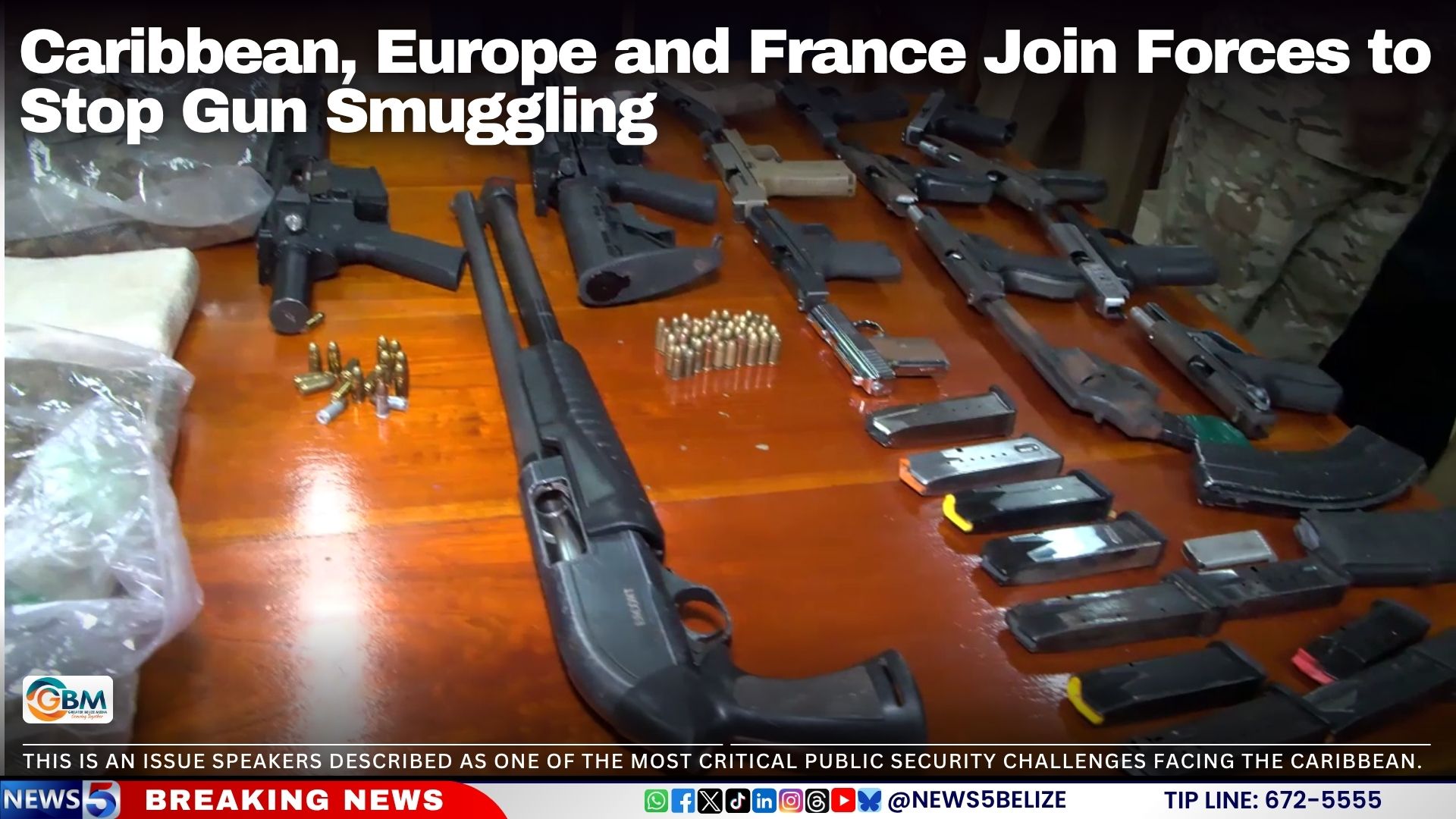According to the Caribbean Investigative Journalism Network, between 2010 and 2021, firearms and ammunition trafficked from the United States to the Caribbean were transported through a variety of methods. The most commonly used were ocean shipping companies, which accounted for 24% of cases, followed closely by shipping companies with unspecified modes, also at 24%. Commercial passenger planes and unspecified methods each made up 17% of trafficking routes. Shipping companies by air were used in 7% of the cases, while postal and fast parcel services were responsible for 10%.
The Caribbean Community (CARICOM) Implementation Agency for Crime and Security (IMPACS), the European Union’s EL PACCTO 2.0 programme, and France’s ALCORCA initiative have launched a five-day regional firearms training workshop in Port-of-Spain, Trinidad and Tobago.
The event marks the first tripartite collaboration among the three entities, aiming to bolster the region’s collective ability to combat transnational organised crime and illegal arms trafficking. This is an issue speakers described as one of the most critical public security challenges facing the Caribbean.
Lt. Col. Michael Jones, Executive Director of CARICOM IMPACS, warned that the proliferation of illicit firearms is driving gang violence and homicide rates across the region. “These instruments of violence fuel gang warfare, drive up homicide rates, and undermine the peace and stability essential for our sustainable development,” Jones said.
Michel Segura, Deputy Director of EL PACCTO 2.0, described the training as a landmark in international cooperation. “This training represents more than a technical event. It is a common vision for a safer, more prepared, more connected regional space to fight against firearms trafficking,” Segura said.
Videsh Maharaj, Permanent Secretary in Trinidad and Tobago’s Ministry of Homeland Security, revealed sobering statistics: the Caribbean experiences violent death rates nearly three times the global average, with over half of all homicides involving firearms. He noted that between 2009 and 2018, more than 22,000 illegal firearms and over 300,000 rounds of ammunition were seized in CARICOM countries. From 2018 to 2022, U.S. authorities traced 7,399 firearms recovered in the Caribbean, 73% of which originated in the United States.
